As 2014 comes to a close, it's time to reflect on the most futuristic breakthroughs and developments of the past year. This year's crop features a slew of incredible technological, scientific, and social achievements, from mind-to-mind communication to self-guiding sniper bullets. Here are 15 predictions that came true in 2014.
Technologically-assisted telepathy was successfully demonstrated in humans
For the first time ever, two humans exchanged thoughts via mind-to-mind communication.
EXPAND1
Remarkably, the system is completely non-invasive. By using internet-linked electroencephalogram (EEG) and robot-assisted image-guided transcranial magnetic stimulation (TMS) technologies, an international team of researchers were able to get two subjects — one in India and one in France — to mentally transmit the words "hola" and "ciao." It's an important proof of concept for furthering the development of tech-enabled telepathy.Image: Carles Grau et al/Plos.
And in a similar breakthrough, a different team developed a system that allowed a human subject to control the movements of another person. The University of Washington researchers showcased the technology by having participants collaborate on a computer game where a "sender" sent mental instructions to a "receiver" to control their hand movements.
NASA emailed a wrench to the space station
In what's being seen as a precursor to a Star Trek-like replicator, astronauts aboard the ISS used their 3D printer to manufacture a socket wrench. Remarkably, the 20-part wrench was designed on Earth and emailed to astronaut Barry Wilmore who ran it through the printer. It's a prime example of how 3D printing is poised to change space travel, allowing astronauts to produce equipment on demand and in emergency situations. Image: NASA.
Relatedly, British fighter jets are now flying with 3D-printed parts, while surgeons were able to reconstruct a man's face using a 3D printer.
It's still in the trial stage, but this a remarkable achievement nonetheless. Surgeons at UPMC Presbyterian Hospital are using suspended animation — or what they call emergency preservation and resuscitation — to dramatically cool down trauma victims to keep them alive during critical operations.
EXPAND
The technique, which is only being used on patients who would otherwise be expected to die, involves internal rather than external cooling. The patient's blood is replaced with a cold saline solution, which slows down the body's metabolic functions and need for oxygen. Image: Prometheus.
The U.S. Navy deployed a functional laser weapon
The device, called a High Energy Laser (HEL) weapon, was fitted to the USS Ponce, which is currently on exercises in the Persian Gulf.
EXPAND
It's still at the prototype stage, but it's being fielded to evaluate its capabilities in a real-world environment where it has already shown its effectiveness in destroying two boats and a drone.Image: U.S. Navy.
Scientists "uploaded" a worm's mind into a robot
Researchers at the OpenWorm project are trying to create a digital version of an actual nemotode worm in a computer. They're not quite there yet, but that didn't stop team member Timothy Busbice from creating software that mimics the natural processes of the worm's neural networks — and then putting that knowledge in a LEGO Mindstorms EV3 robot.
A computer solved a math problem that we can't check
Mathematician Steven Strogatz once predicted that computer-assisted solutions to math problems will eventually extend beyond human comprehension. His prediction appears to have finally come true.
Earlier this year, a computer solved the longstanding Erdős discrepancy problem. Unfortunately, human mathematicians aren't entirely sure about the solution because it's as long as all of Wikipedia's pages combined.
An artificial chromosome was built from scratch
EXPAND
In what was the year's biggest artificial life breakthrough, researchers from New York University Langone Medical Center reconstructed a synthetic and fully functional yeast chromosome. Incredibly, they were also able to insert their own special additions to the chromosome, including a chemical switch that allows scientists to "scramble" it into thousands of different variations to make subsequent gene editing even easier. It's an important proof of concept that could lead to designer organisms and artificial chromosomes in humans.
A venture capitalist firm appointed an AI to the board
EXPAND
Some say it was a media stunt, but it might be the start of a larger trend: Hong Kong-based Deep Knowledge ventures appointed a machine learning program, called VITAL, to its board of directors. It's said to be an "equal member" that will uncover trends "not immediately obvious to humans" in order to make investment recommendations. The system will pour over massive data sets, apply machine learning, and then predict which life sciences companies are the best investments.
And in related news, a robot "journalist" was the first to report on the Los Angeles Earthquake.
A double amputee received two mind-controlled arms
Les Baugh became the first human to ever receive two shoulder-level thought-controlled prosthetic arms. It's not permanent, but the researchers at Johns Hopkins are hoping that the arms will eventually become a permanent add-on.
In other major cybernetic breakthroughs, researchers created an artificial hand that feels, and the first mind-controlled prosthetic hand with 10 degrees of freedom. Also, these wearable limbstook us a step closer to creating Doctor Octopus.
A cloaking device that hides objects in the visible spectrum
We've seen so-called invisibility cloaks before, but nothing quite like this one.
EXPAND5
Researchers at the University of Rochester developed a cheap and surprisingly effective cloaking device that's being heralded as the first to perform 3D, continuously multidirectional cloaking in the visible spectrum of light. To do it, they combined four standard optical lenses that keeps an object hidden — even as the viewer moves side to side. The system could eventually be used to eliminate blind spots in vehicles or let surgeons see through their hands during surgery. Photocredit: J. Adam Fenster / University of Rochester.
[section deleted due to irrelevance.]
An orangutan became a legally recognized person
EXPAND
In an important precedent that could influence law elsewhere, a 29-year-old Sumatran orangutan held at an Argentinian zoo was granted the right of habeas corpus, or bodily autonomy. As noted by AFADA lawyer Paul Buompadre, "This opens the way not only for other Great Apes, but also for other sentient beings which are unfairly and arbitrarily deprived of their liberty in zoos, circuses, water parks and scientific laboratories." Sandra will be released from the zoo and transfered to a sanctuary.
Self-guiding sniper bullets became a reality
The DARPA-funded system, called EXACTO, features a .50-caliber sniper round that can be optically guided to a target with a laser. Incredibly, the bullet can hit a target up to 1.2 miles (1.9 km) away.
The technology was developed by Teledyne Scientific and Imaging, who disclosed virtually no information as to how the bullet maneuvers mid-trajectory.
A proto-cyber war erupted between the U.S. and N. Korea
EXPAND
It all started because of a very silly movie, but the consequences — and potential implications — are anything but. The Sony Hacks were directly linked to North Korea (an accusation that's still being contested), resulting in the temporary cancellation of The Interview's theatrical release. Shortly afterward, North Korea's entire Internet was taken down, allegedly by the United States. The world thus caught its first glimpse of what a cyber war might actually look like.
Humanity landed a robot on a comet
We've sent robotic probes to planets, but we've never done anything quite like this before.
Philae's harrowing landing on Comet 67P in early November wasn't perfect, but the mission is being hailed as a wild success. In addition to some incredible images, we're learning aboutorganic compounds on the comet and weird water that's potentially upending our theories of where our oceans came from. Image: ESA.
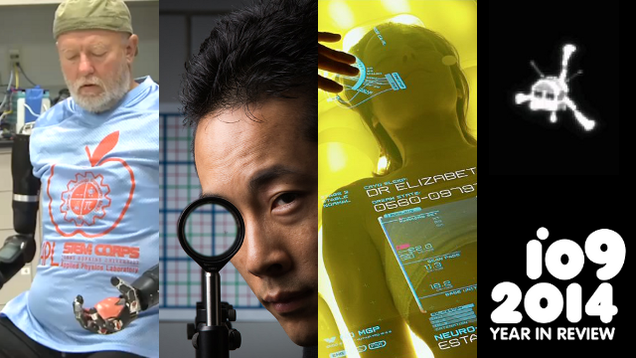
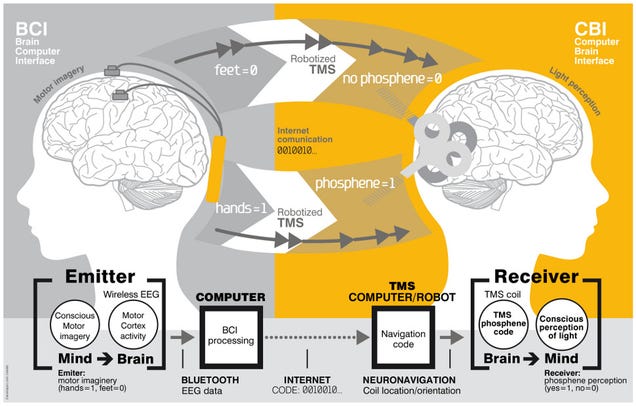
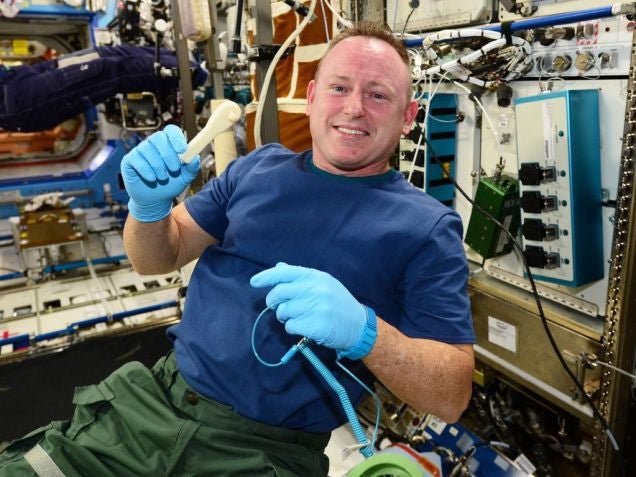


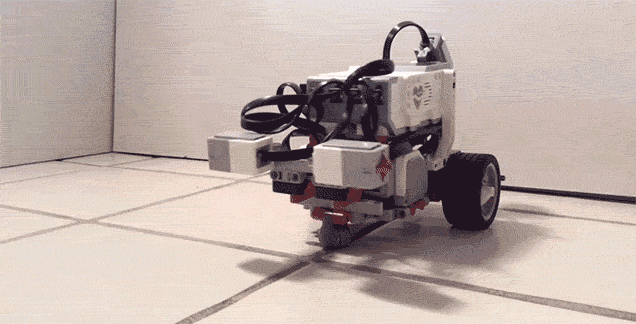


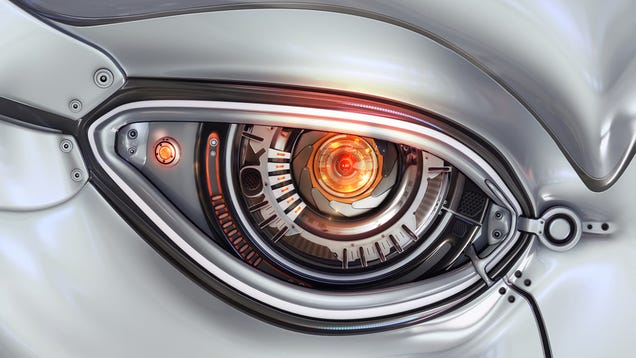



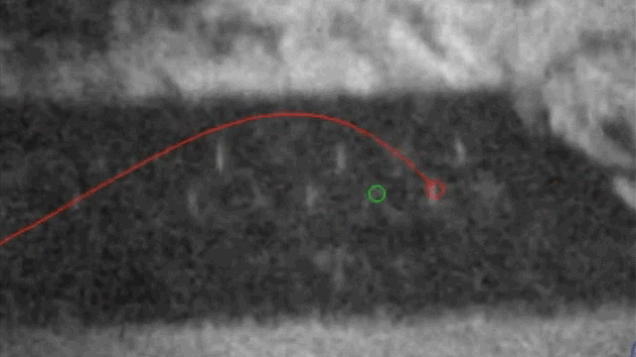

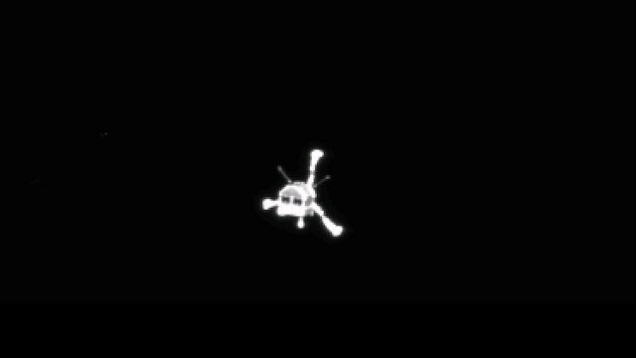
No comments:
Post a Comment